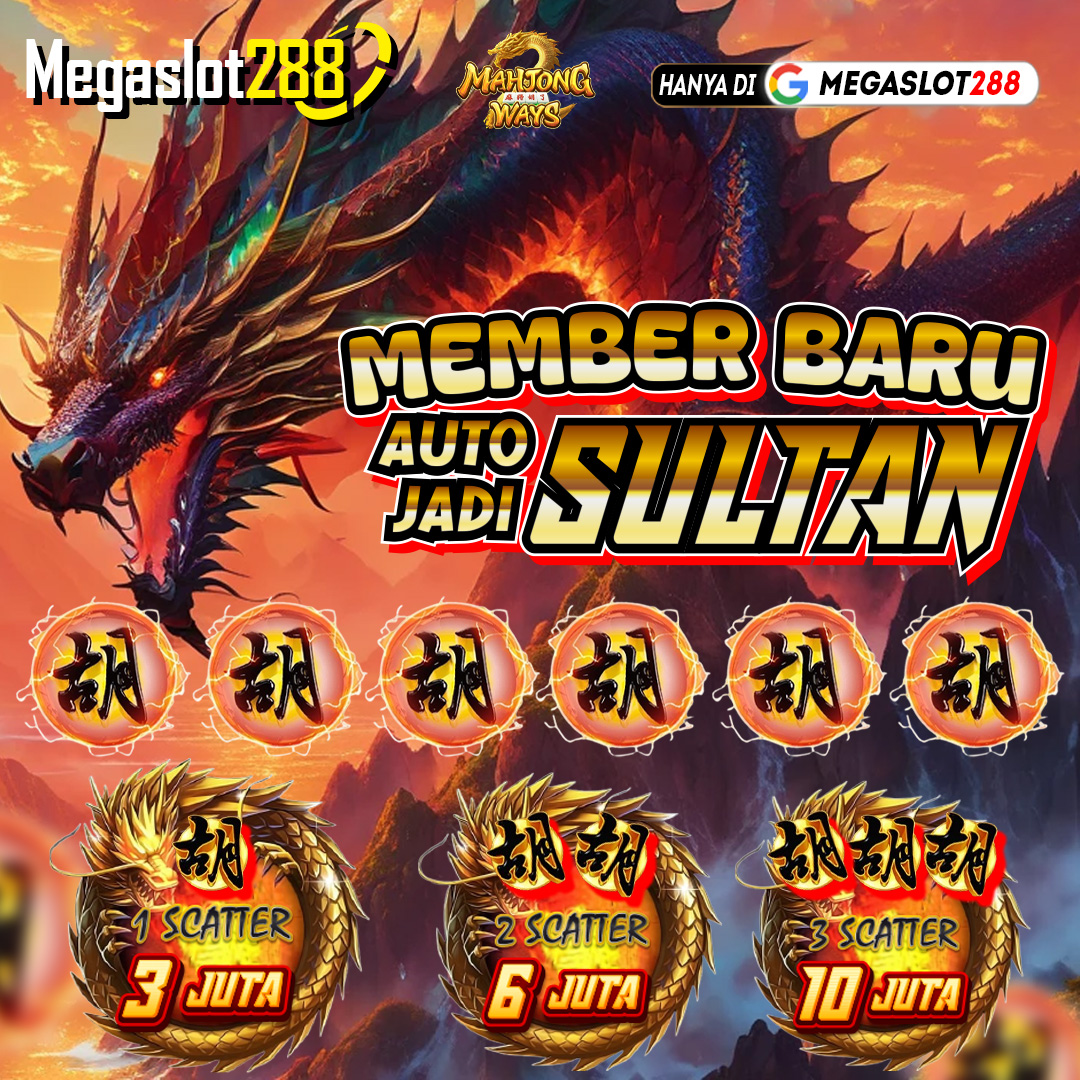MEGASLOT288 Slot Qris Gacor Hari Ini Mahjong Ways Scatter Hitam Mudah Menang Besar
MEGASLOT288 adalah situs slot terpercaya dan mudah menang dengan server slot88 mahjong ways scatter hitam yang sudah terbukti gacor mudah profit .Salah satu daya tarik utama dari MEGASLOT288 adalah peluang untuk memenangkan jackpot yang besar. Jackpot progresif yang ditawarkan pada banyak permainan slot di MEGASLOT288 terus berkembang seiring dengan jumlah pemain yang berpartisipasi. Ini berarti semakin banyak pemain yang bergabung, semakin besar pula jackpot yang bisa Anda menangkan. Dengan beberapa pilihan game slot dengan jackpot progresif, MEGASLOT288 memberikan peluang besar bagi para pemain untuk meraih kemenangan besar yang mengubah hidup mereka dan situs gacor ini akan memberikan rekomendasi game gacor saat ini .
1. Sweet Bonanza
2. Gates of Olympus
3. Mahjong Ways
4. Fortune Ox
5. Wild bandito
Berikut bocoran game slot yang sangat di rekomendasikan dari situs gacor MEGASLOT288 , Jadi tunggu apa lagi? Bergabunglah dengan MEGASLOT288 sekarang juga, pilih permainan slot favorit Anda, dan mulailah perjalanan Anda menuju kemenangan besar dan Maxwin yang mengubah hidup! Ingat, selalu bermain dengan bijak dan nikmati setiap momen seru yang ada.














 Promosi
Promosi
 Login
Login
 Daftar
Daftar
 Link
Link
 Live Chat
Live Chat